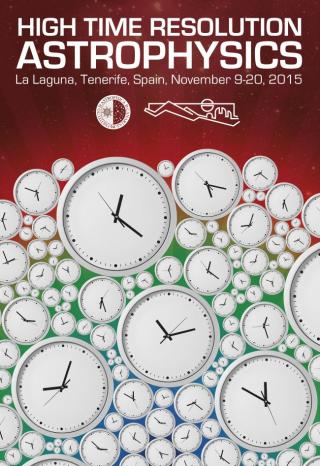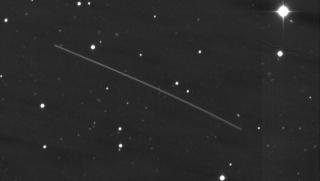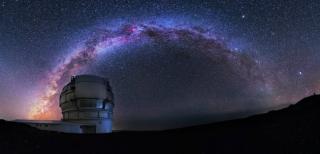
The XXVII Canary Islands Winter School of Astrophysics’ purpose is to equip young scientists with an understanding of the most recent technological and theoretical advances in High Time Resolution Astrophysics (HTRA). Rafael Rebolo, director of the Instituto de Astrofísica de Canarias (IAC), will welcome the lecturers and students on Monday 9th at 9 am in the conference room.
Advertised on




